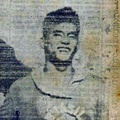
Masayuki Fukasawa
@masayukifukasawaBorn on November 22, 1965, in Numazu City, Shizuoka Prefecture, Japan. In 1992, he went to Brazil for the first time and worked as an intern at Paulista Shimbun (Japanese newspaper in Brazil). In 1995, he went back to Japan and worked with Brazilians at a factory in Oizumi-machi, Gunma Prefecture. He wrote a book, Parallel World (Ushio Publishing) about his experiences there and received Ushio Nonfiction Award in 1999. He returned to Brazil in 1999. Beginning in 2001, he worked at Nikkey Shimbun and became the editor-in-chief in 2004. He has been an editor-in-chief of Diário Brasil Nippou since 2022.
Updated January 2022
Stories from This Author
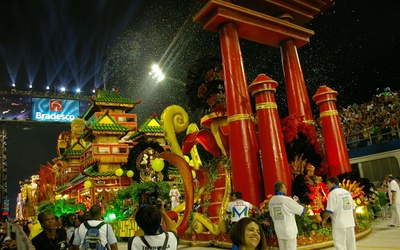
Carnival and Japanese Immigrants: The Incorporation of Foreign Cultures into Brazilian Folklore, Part 1
Feb. 5, 2015 • Masayuki Fukasawa
In the first place, there is a common understanding among Brazilians that nothing could be more incompatible than "Japonês" (Japanese) and "samba." For example, the author played percussion in several samba teams in the city of Sao Paulo for about 10 years, and felt frustrated when he heard a sambista (samba player) say "Japonês entrou no samba" (a Japanese has entered the samba) when the music was out of sync. At first, he assumed that they were talking about him, …

Prison Island Anchieta: The Site of Numerous Tragedies—“Winning or Losing Feud” Resulted in Imprisonment of 170 People; Water Source Named Bica Shindo Renmei
Jan. 19, 2015 • Masayuki Fukasawa
A federal prison was built on Alcatraz Island in California, in the United States, which became known as the impossible-to-break “prison island” and was later featured in the movie Escape from Alcatraz (made in 1979 and directed by Don Siegel) starring Clint Eastwood. There is in fact a Brazilian version of the facility on Anchieta Island located on the Northeastern coast of Sao Paulo, which holds the hidden history of 170 imprisoned Japanese immigrants in the immediate aftermath of the …

"Let's cultivate the country of haiku by working in the fields" The spread of haiku culture in Brazil - Takahama Kyoshi and immigrant Sato Nenpaku - Part 2
Dec. 5, 2014 • Masayuki Fukasawa
Read Part 1 >> It heals the turbulent world caused by the fight to win or lose, and spreads to the masses. In November 1948, after the end of the war, in the midst of the Japanese community being divided by the struggle for victory and defeat, the monthly haiku magazine "Kage" (Shade of Trees), published by the Hototogisu school and presided over by Nenpuku, was launched in the city of São Paulo. The opening page of the first issue …
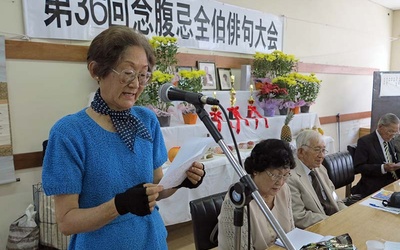
"Let's cultivate the country of haiku by working in the fields" The spread of haiku culture in Brazil - Takahama Kyoshi and immigrant Sato Nenpaku - Part 1
Dec. 4, 2014 • Masayuki Fukasawa
Haiku that crossed the ocean with immigrants When Professor Hosokawa Shuhei (International Research Center for Japanese Studies), who won the Yomiuri Literature Prize in 2009 for his book Tooku arite tsukuroku (What We Make in the Distance) (Misuzu Shobo), an interpretation of Brazilian immigrant literature, gave a lecture here, he said, "I hear that Western newspapers do not generally have literary pages that publish works submitted by citizens. But literary sections exist in Japanese newspapers, and even in Japanese-language newspapers …
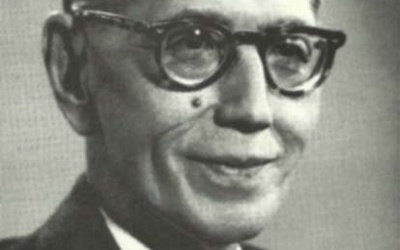
Kiyoshi Yamamoto and the Japanese Pavilion in Sao Paulo - His Unknown Connection with Ryunosuke Akutagawa
Oct. 29, 2014 • Masayuki Fukasawa
The Japanese Pavilion in Ibirapuera Park, known as the "Central Park of São Paulo," held a ceremony to celebrate its 60th anniversary on August 29th, welcoming the 15th head of the Urasenke school of tea ceremony, Sen Genshitsu, and others from Japan. The building was designed to resemble the Katsura Imperial Villa, and is rare in the world as a "purely Japanese" building, with pillars, roofing tiles, and even gravel brought from Japan. The Japan Pavilion embodies the universality of …

Taste of Hometown Brought Overseas: The Localization of Immigrants and Their Traditional Dishes
Sept. 5, 2014 • Masayuki Fukasawa
“Italian” sausage not eaten by Italians “Italian people do not eat our Mortadella (Bologna sausage).” I remember clearly a sense of disappointment in his voice in the interview I conducted with the one and only, hardcore Italian-Brazilian president Mario Benedetti (third generation, age 56 at the time) back in 2010. What’s “hardcore” about him is the fact that despite being third generation, he speaks Italian at home, has kids (fourth generation) who are also fluent in the language, and holds …
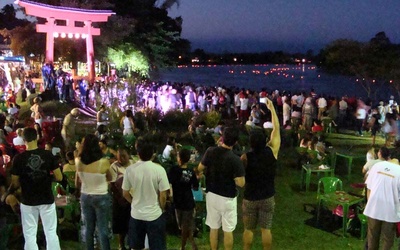
明治の重鎮がブラジルに抱いた稲作の夢(桂、レジストロ、セッチ・バーラス3植民地)
Aug. 11, 2014 • Masayuki Fukasawa
一枚の金属板が変えた日本移民の運命サッカーW杯がブラジルで開催された6~7月の間に1万人近い日本人観戦者が訪れた。その中のほぼ誰も足を運んでいないが、明治期の歴史が好きな日本人なら見逃せない重要な場所がある。 サンパウロ市から南西に202キロにあるイグアッペ市立歴史博物館(Museu Municipal de Iguape)だ。まるで古い民家の様なその建物の2階にさりげなく、ある金属板が展示されている。 イタリア統合50周年記念してトリノで1911年に開催された第1…

手塚治虫の絶筆『グリンゴ』 ・ 天才の遺作の謎解きに挑戦 ・ 舞台はブラジル日系社会
July 7, 2014 • Masayuki Fukasawa
『火の鳥』『ブラック・ジャック』などの傑作を次々に発表し、存命中から〝マンガの神様〟と呼ばれていた天才漫画家・手塚治虫(1928―1989年)を知らない日本人はいない。しかし、彼の未完の絶筆『グリンゴ』がブラジル日系社会をモデルにしていたことを知る人は少ない。 この作品に「ブラジル」という言葉は一言も出てこない。にも関わらず、どうして「舞台がブラジル」と分かるのか謎解きをしよう。序章の第1ページ目は《これからはじまる物語は、一切が仮名になっている。もし貴方に興味がおあ…

Judo Film Release on the Eve of World Cup in Soccer Superpower Brazil
June 3, 2014 • Masayuki Fukasawa
In early May, a month before the 2014 World Cup, a judo film called A Grande Vitória (directed by Stefano Capuzzi) was released nationwide in Brazil. It’s a touching story of one juvenile, abandoned by his Italian immigrant father and raised in poverty, who finds a road to success in his encounter with judo. Max Trombini (age 45), the original writer, visited Nikkei Shimbun on May 9 and repeatedly emphasized that “life has its ups and downs.” The film is …
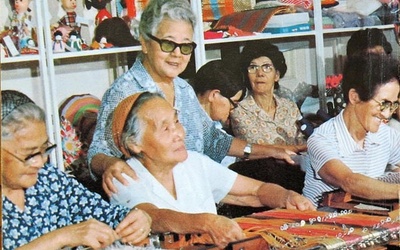
有名ブラジル人法律家の知られざる日系人との絆: イヴェス・ガンドラ・マルチンス
May 12, 2014 • Masayuki Fukasawa
「今でも空手の訓練を毎日続けているよ」。そういいながら有名な法律家イヴェス・ガンドラ・マルチンスさん(79、Ives Gandra da Silva Mrtins)は4月15日、手刀の構えをして「今でも板一枚なら割れる」と言った。日本文化関係にゆかりがある人物としてはまったく知られておらず、驚くような言葉から取材は始まった。 名だたるエリート校のサンパウロ州立総合大学(USP)法学部を卒業後、弁護士としての経歴を重ねながら解放者党(PL)党首も務めるなどの政治活動もし…




